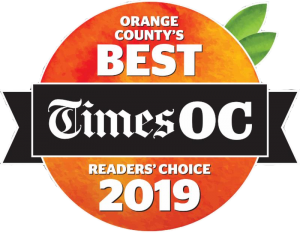 The Palisades and Eaton Fires that swept through Southern California in early 2025 revealed stark gaps in disaster preparedness for people with disabilities. One survivor, Galen Buckwalter, who uses a wheelchair, was forced to evacuate alone through dangerous terrain after accessible transportation failed. Tragically, Rory Callum Sykes, a young man who was blind and had cerebral palsy, died when his family couldn’t evacuate in time—an outcome many in the disability community say was preventable.
The Palisades and Eaton Fires that swept through Southern California in early 2025 revealed stark gaps in disaster preparedness for people with disabilities. One survivor, Galen Buckwalter, who uses a wheelchair, was forced to evacuate alone through dangerous terrain after accessible transportation failed. Tragically, Rory Callum Sykes, a young man who was blind and had cerebral palsy, died when his family couldn’t evacuate in time—an outcome many in the disability community say was preventable.
People with disabilities are statistically 2–4 times more likely to be injured or killed during disasters. Yet, they are rarely involved in emergency planning decisions.
Groups like the Partnership for Inclusive Disaster Strategies and the Center on Disability at the Public Health Institute are calling for sweeping changes. Their demands include:
-
Representation on planning committees
-
Accessible drills and simulations that include people with varying needs
-
Co-designing shelter protocols to ensure mobility, communication, and sensory needs are considered
-
Hiring disabled consultants to identify overlooked hazards and barriers
-
Training first responders in disability-inclusive practices
“For people with disabilities, it is very important to find your trusted allies, note your medical and health needs, make your go-bags, and plan your evacuation ahead of time, so that you can maintain your independence when an emergency hits.” Lewis E. Kraus, co-director, Center on Disability (from Including People with Disabilities in Emergency Planning)
Tips for Families & Caregivers
-
Create a personalized emergency plan that includes accessible transport, shelter info, and medical needs
-
Assemble a go-bag with medications, medical devices, ID, and communication tools
-
Build a trusted support network of neighbors, friends, and service providers
-
Sign up for emergency alerts with visual, auditory, or text-based formats
Disaster planning should not be one-size-fits-all. When disabled individuals are included in the process, not just as vulnerable people, but as experts in their own needs, emergency response becomes more effective for everyone.



